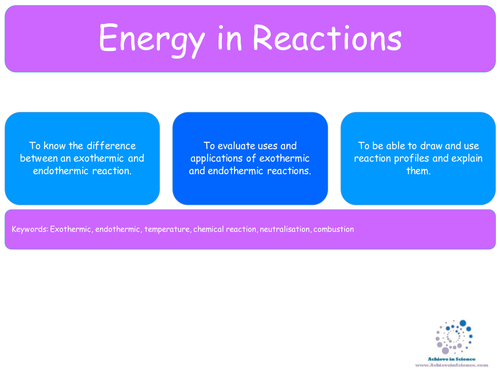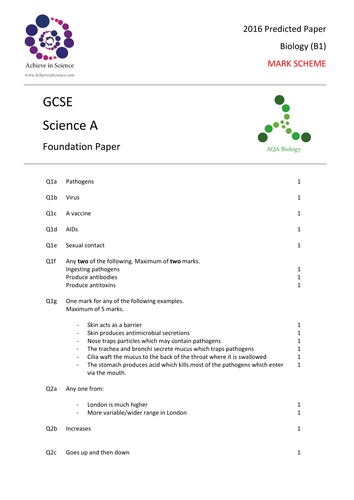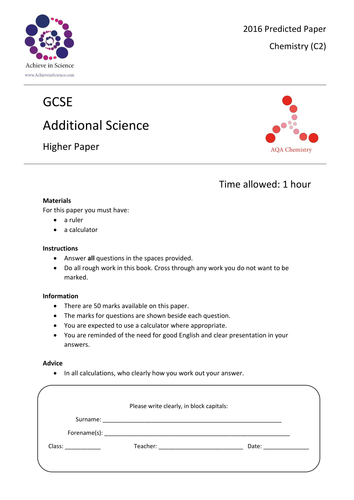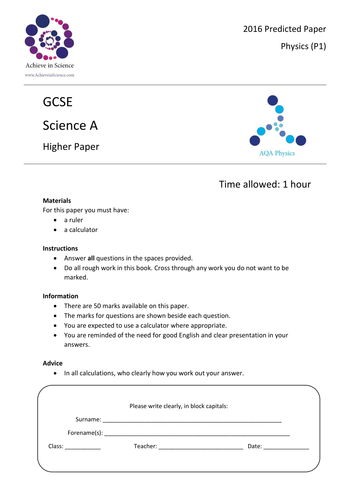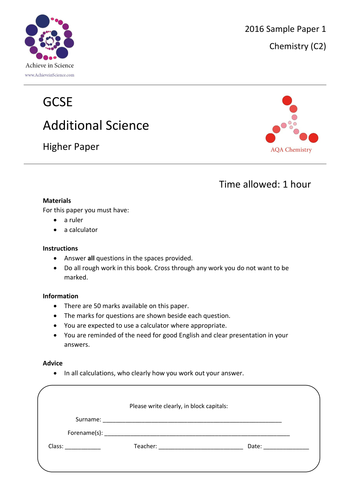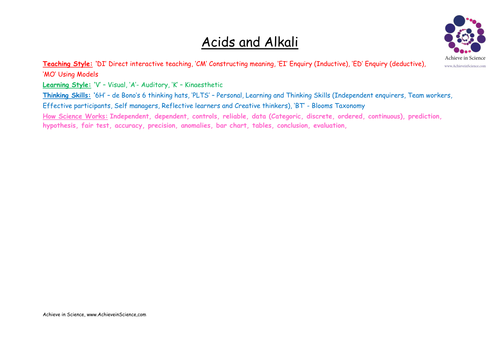Scuttscience's Shop
STEM Ambassador Let Teachers Shine Winner (2017) Let Teachers Shine Winner (2016) Lead Practitioner (2015) Teaching Award Judge (2015) HOD Science & Maths (2013) HOD Science (2012) Advanced Skills Teacher (2011) Outstanding New Teacher SW (2010).




